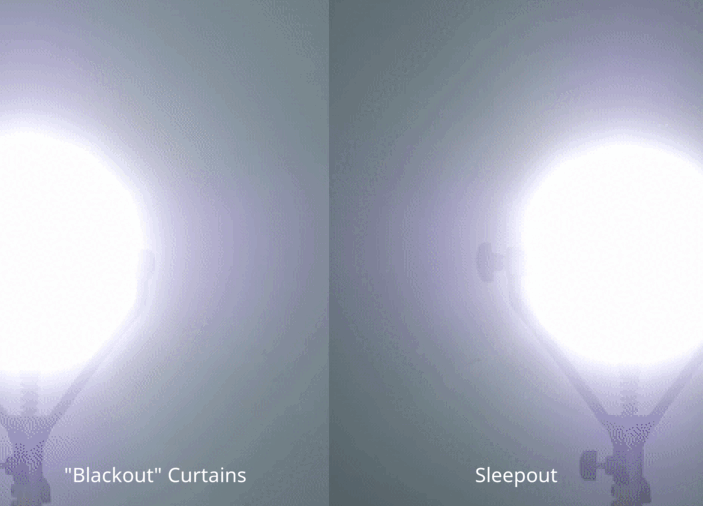As a new parent, ensuring your baby's safety during sleep is paramount. One of the key stages that often worries parents is when their baby starts rolling over during sleep. This developmental milestone typically occurs around the 4 to 6 months age mark and can pose risks if not managed safely. In this article, we will discuss essential preventive measures to ensure your baby's safety as they start to explore movement during their sleep.
Understanding the Milestone of Rolling Over
Rolling over is an important developmental stage for your baby. It indicates growing muscle strength and coordination. However, this milestone also means that your baby is more mobile and can inadvertently put themselves in situations that might compromise their safety, especially in their sleep environment.
1. Ensure a Safe Sleeping Environment
The first step in ensuring your baby's safety is to audit their sleeping environment. This includes making sure that the crib or sleeping area abides by current safety standards. Here are some specifics to consider:
- The Crib: Use a firm mattress covered by a fitted sheet with no other bedding or soft objects in the crib, such as pillows, bumper pads, blankets, and toys which could increase the risk of suffocation or Sudden Infant Death Syndrome (SIDS).
- Positioning: Always place your baby on their back to sleep. This position is the safest and is recommended by pediatricians to reduce the risk of SIDS.
2. Monitor Your Baby’s Sleep
With babies being more mobile, monitoring becomes even more crucial. Consider a baby monitor to keep an eye on them when you are not in the room. Regular checks will help ensure they haven’t rolled into an unsafe position.
3. Consider a Sleep Sack
One way to keep your baby warm without the use of blankets, which can pose a risk, is to use a sleep sack. These wearable blankets are a safe alternative that can keep your baby warm without covering their face or restricting their movement.
4. Remove Nearby Hazards
As babies begin to move more, they can reach out and pull on objects, which could be hazardous. Ensure that all necessary items are out of your baby’s reach, particularly in and around the sleeping area.
5. Blackout Curtains for Better Sleep Quality
Maintaining an environment that promotes good sleep can help your baby not only sleep through the night but also sleep safely. Installing blackout curtains can be an effective way to block out external light sources and create a conducive sleeping atmosphere. The Sleepout Home Blackout Curtains are designed to fit seamlessly into your nursery, providing 100% blackout and reducing the risk of your baby waking up prematurely.

6. Transition to Appropriate Bedding
As your baby grows and begins to move more, consider transitioning them from a bassinet to a crib, which typically offers more room to move safely. This change should be done when your baby shows signs of rolling and is physically larger.
7. Educate All Caregivers
It’s important that everyone who takes care of your baby understands how to do so safely. Ensure all caregivers, including grandparents, babysitters, and daycare workers, are aware of how to put your baby to sleep and what the safe sleep practices are.
8. Regularly Check for Recalls
Baby products, including cribs and toys, are often recalled for safety issues. Make it a regular routine to check for recalls on any products your baby uses.
Conclusion
As your baby achieves new milestones such as rolling over, adapting your approach to their sleep can keep them safe. These preventive measures, such as assessing the sleep environment, using a monitor, and ensuring the use of safe fittings like the Sleepout Home Blackout Curtains, can make a big difference in safeguarding your little one as they grow and explore.


